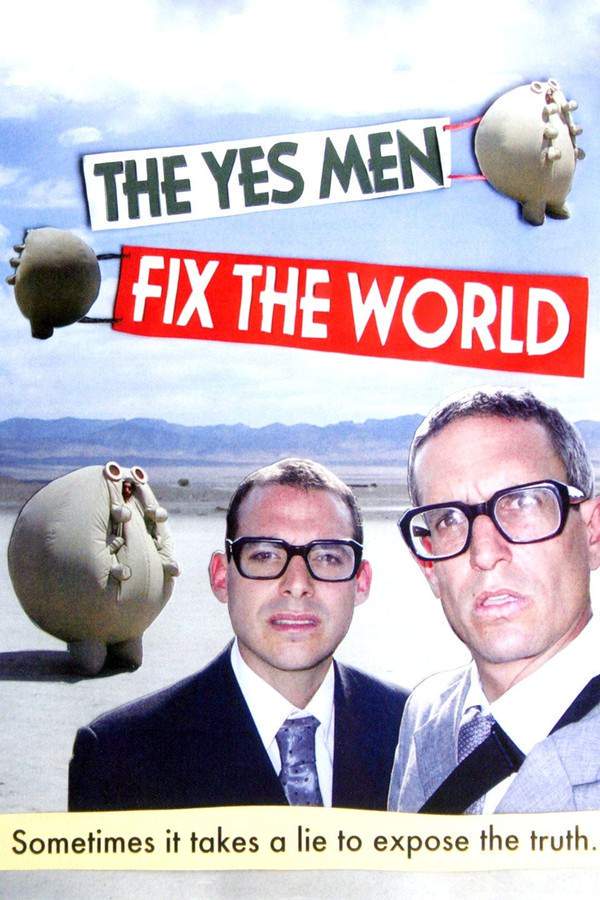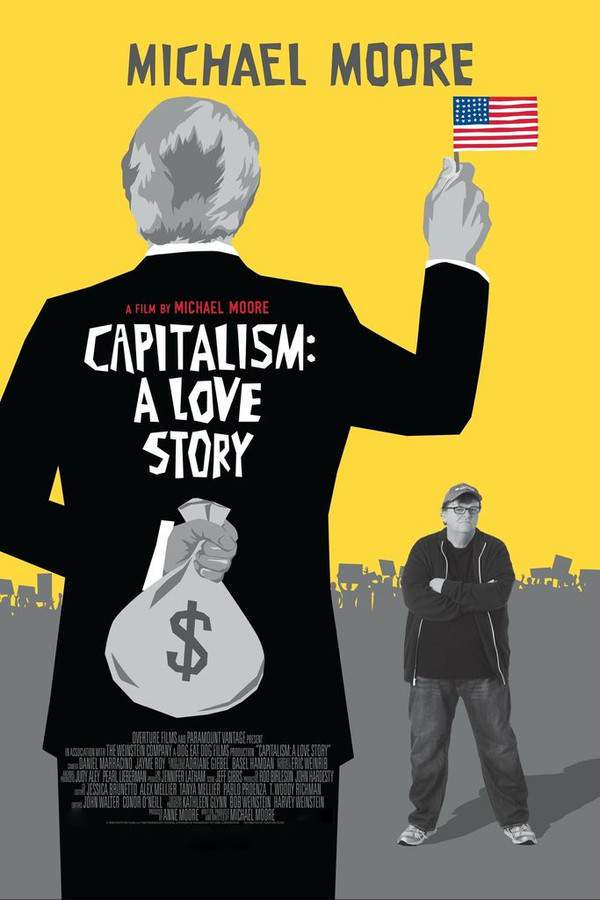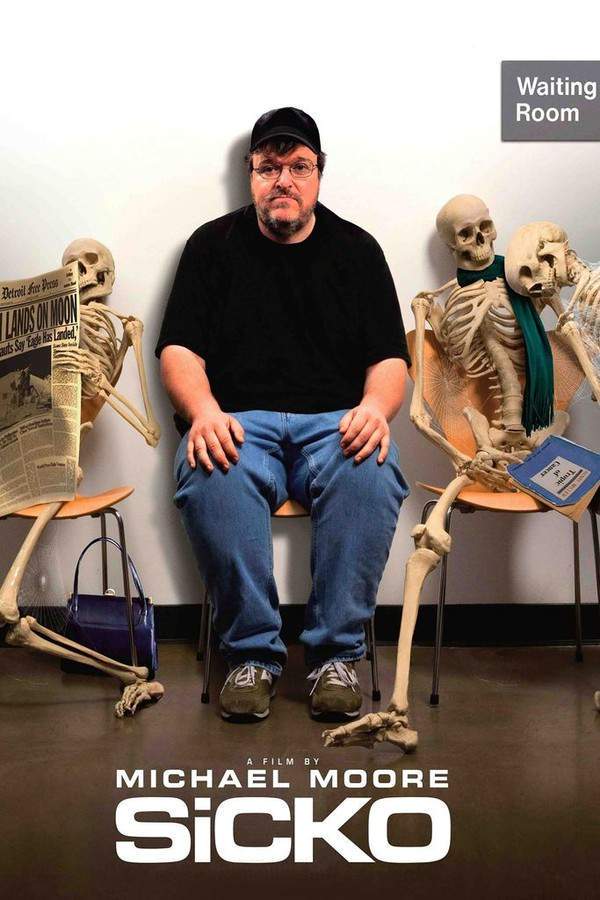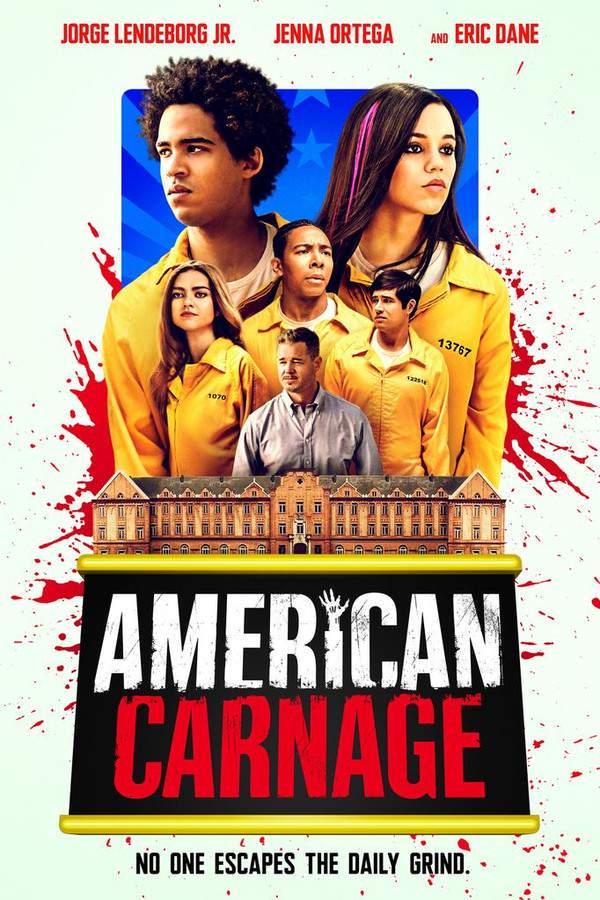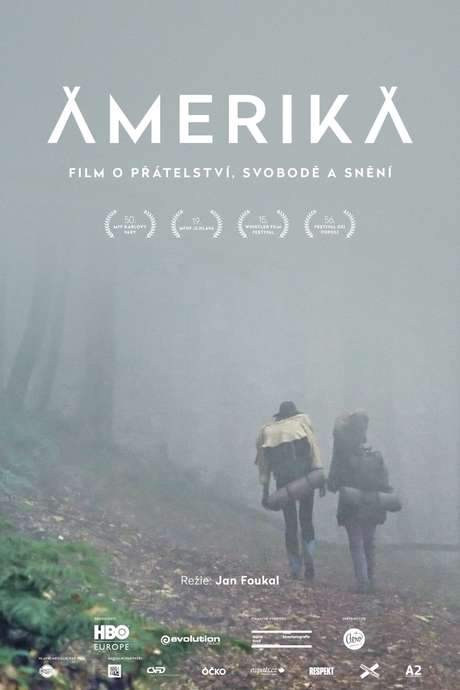Where to Invade Next 2015
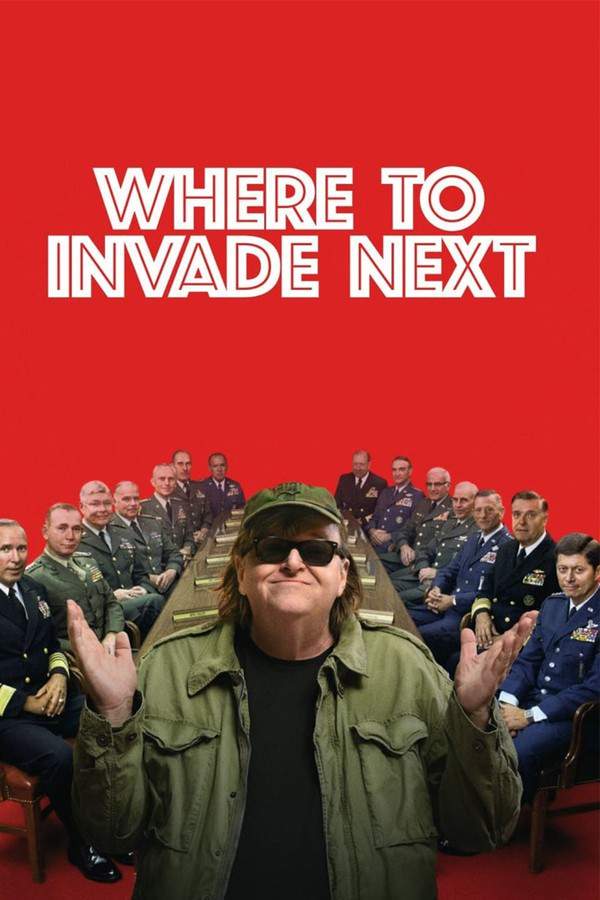
Michael Moore travels the globe in this documentary, playfully posing as an invader to examine countries with policies that benefit their citizens. He explores various approaches to issues like education, healthcare, and work-life balance, revealing how solutions already exist and could be adopted by the United States to improve the lives of Americans.
Does Where to Invade Next have end credit scenes?
No!
Where to Invade Next does not have end credit scenes. You can leave when the credits roll.
Meet the Full Cast and Actors of Where to Invade Next
Explore the complete cast of Where to Invade Next, including both lead and supporting actors. Learn who plays each character, discover their past roles and achievements, and find out what makes this ensemble cast stand out in the world of film and television.
No actors found
External Links and Streaming Options
Discover where to watch Where to Invade Next online, including streaming platforms, rental options, and official sources. Compare reviews, ratings, and in-depth movie information across sites like IMDb, TMDb, Wikipedia or Rotten Tomatoes.
Ratings and Reviews for Where to Invade Next
See how Where to Invade Next is rated across major platforms like IMDb, Metacritic, and TMDb. Compare audience scores and critic reviews to understand where Where to Invade Next stands among top-rated movies in its genre.

64
Metascore
7.0
User Score


79%
TOMATOMETER

77%
User Score

7.5 /10
IMDb Rating

72
%
User Score

3.6
From 12 fan ratings
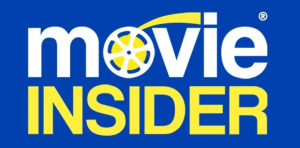
3.40/5
From 10 fan ratings
Take the Ultimate Where to Invade Next Movie Quiz
Challenge your knowledge of Where to Invade Next with this fun and interactive movie quiz. Test yourself on key plot points, iconic characters, hidden details, and memorable moments to see how well you really know the film.
Where to Invade Next Quiz: Test your knowledge on Michael Moore's exploration of global social practices in 'Where to Invade Next'.
What role does Michael Moore assume in 'Where to Invade Next'?
invader
tourist
journalist
teacher
Show hint
Awards & Nominations for Where to Invade Next
Discover all the awards and nominations received by Where to Invade Next, from Oscars to film festival honors. Learn how Where to Invade Next and its cast and crew have been recognized by critics and the industry alike.
21st Critics' Choice Awards 2016
Best Documentary Feature
Full Plot Summary and Ending Explained for Where to Invade Next
Read the complete plot summary of Where to Invade Next, including all major events, twists, and the full ending explained in detail. Explore key characters, themes, hidden meanings, and everything you need to understand the story from beginning to end.
This film presents an expansive, rib-tickling, and subversive comedy that follows the eccentric, left-wing, populist filmmaker Michael Moore as he takes on the role of an “invader,” visiting various nations to uncover how the United States could better its own future.
The journey begins with Moore’s sarcastic voice-over, which describes his visit to the Pentagon in Washington, D.C., where he receives the green light from the joint chiefs of staff to “invade” a series of countries. With this comedic premise, Moore embarks on a mission across Europe to address key issues he is passionate about, including worker benefits, school lunches, access to early education, and women’s healthcare, among others.
In Italy, he explores a factory setting, engaging in discussions with the owner and employees about labor rights and the importance of worker well-being, such as paid holidays and parental leave. This insightful adventure culminates in a personal interview with Claudio Domenicali, the CEO of Ducati.
Moving to France, he visits an elementary school where he interacts with children and teachers—using a translator—to shed light on critical topics like school meals and sex education, pointing out the exploitative nature of the American education system.
In Finland, he dives into the country’s unique education policies, which include minimal homework and no standardized testing. His dialogue with Krista Kiuru, the Finnish Minister of Education, reveals the societal values that support such an effective system.
Moore then heads to Slovenia, where he meets university students to discuss the benefits of tuition-free higher education, asking about the political implications of education in the nation. He engages in dialogues with Ivan Svetlik, rector of the University of Ljubljana, and Borut Pahor, the President of Slovenia.
His exploration continues in Germany, where he visits factories and business parks, engaging with blue-collar workers through a translator to examine the labor rights and work-life balance that characterize the nation. Key discussions include topics related to education during the Nazi regime.
In Portugal, Moore arrives in Lisbon to converse with locals and three police officers about the May Day holiday, the country’s progressive drug policies, and the notably humane stance on capital punishment.
Moving on to Norway, he contrasts Norway’s compassionate prison system with the overcrowded facilities of the USA. He visits both Bastøy and Halden prisons, investigating a more rehabilitative approach to justice and reflections on the July 22, 2011 attacks perpetrated by right-wing extremist Anders Behring Breivik.
In Tunisia, Moore sits down with women activists to discuss the advancement of women’s rights, focusing on reproductive health, access to abortion, and the pivotal role of women during the Tunisian Revolution that led to the new Constitution of 2014.
His journey wraps up in Iceland, where he addresses women’s leadership by talking with Vigdís Finnbogadóttir, the world’s first democratically elected female president, and members of the Best Party, including Jón Gnarr, who served as Mayor of Reykjavík. Moore also delves into the aftermath of the 2008-2011 financial crisis resulting from the investigation and prosecution of bankers, spotlighting special prosecutor Ólafur Hauksson’s efforts.
In the culminating scenes set in Berlin, Moore reflects on how many progressive ideas that originated in the USA—such as the ban on cruel and unusual punishment, abolition of the death penalty, and the fight for women’s equality—can inspire hope worldwide. He ties this message to the historical significance of the fall of the Berlin Wall. The film concludes with a memorable clip from the 1939 classic ‘The Wizard of Oz’, where Moore conveys the idea that the solutions to America’s challenges have always been within reach, akin to Dorothy realizing she had the power to return home to Kansas with her magical red shoes.
Uncover the Details: Timeline, Characters, Themes, and Beyond!

Coming soon on iOS and Android
The Plot Explained Mobile App
From blockbusters to hidden gems — dive into movie stories anytime, anywhere. Save your favorites, discover plots faster, and never miss a twist again.
Sign up to be the first to know when we launch. Your email stays private — always.
Watch Trailers, Clips & Behind-the-Scenes for Where to Invade Next
Watch official trailers, exclusive clips, cast interviews, and behind-the-scenes footage from Where to Invade Next. Dive deeper into the making of the film, its standout moments, and key production insights.
Where to Invade Next Themes and Keywords
Discover the central themes, ideas, and keywords that define the movie’s story, tone, and message. Analyze the film’s deeper meanings, genre influences, and recurring concepts.
Where to Invade Next Other Names and Titles
Explore the various alternative titles, translations, and other names used for Where to Invade Next across different regions and languages. Understand how the film is marketed and recognized worldwide.
Similar Movies To Where to Invade Next You Should Know About
Browse a curated list of movies similar in genre, tone, characters, or story structure. Discover new titles like the one you're watching, perfect for fans of related plots, vibes, or cinematic styles.
Quick Links: Summary, Cast, Ratings, More

What's After the Movie?
Not sure whether to stay after the credits? Find out!
Explore Our Movie Platform
New Movie Releases (2026)
Famous Movie Actors
Top Film Production Studios
Movie Plot Summaries & Endings
Major Movie Awards & Winners
Best Concert Films & Music Documentaries
Movie Collections and Curated Lists
© 2026 What's After the Movie. All rights reserved.














